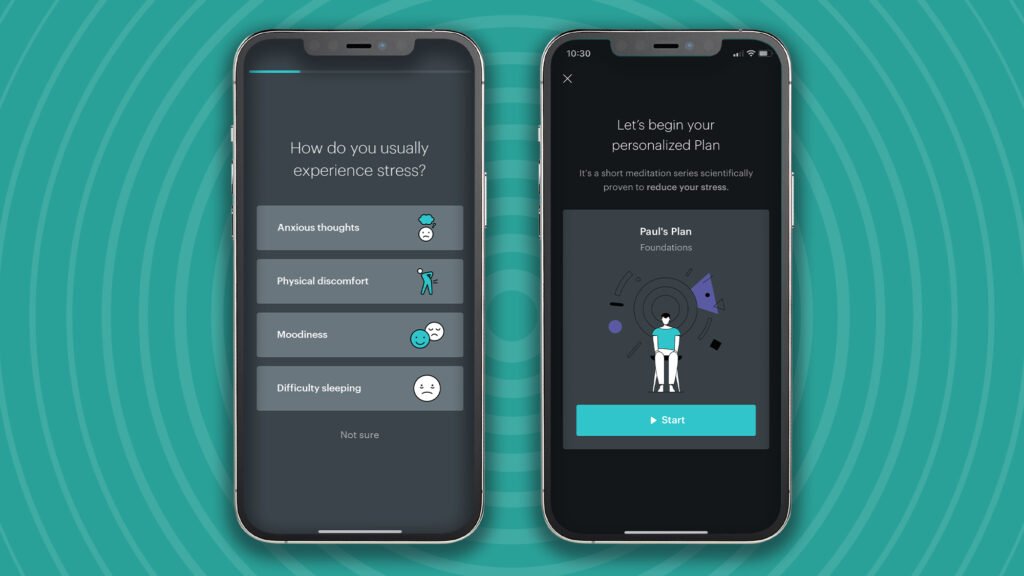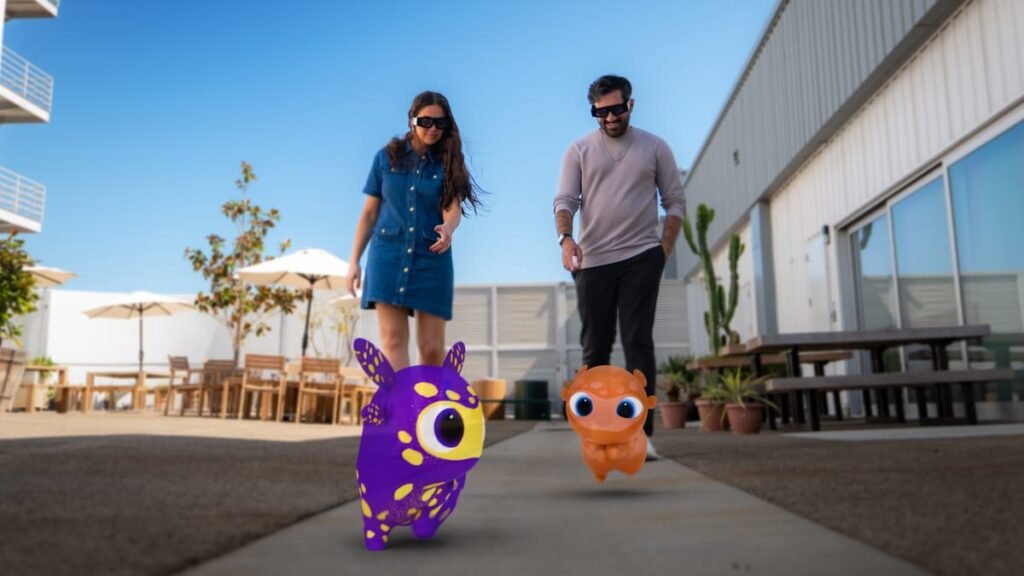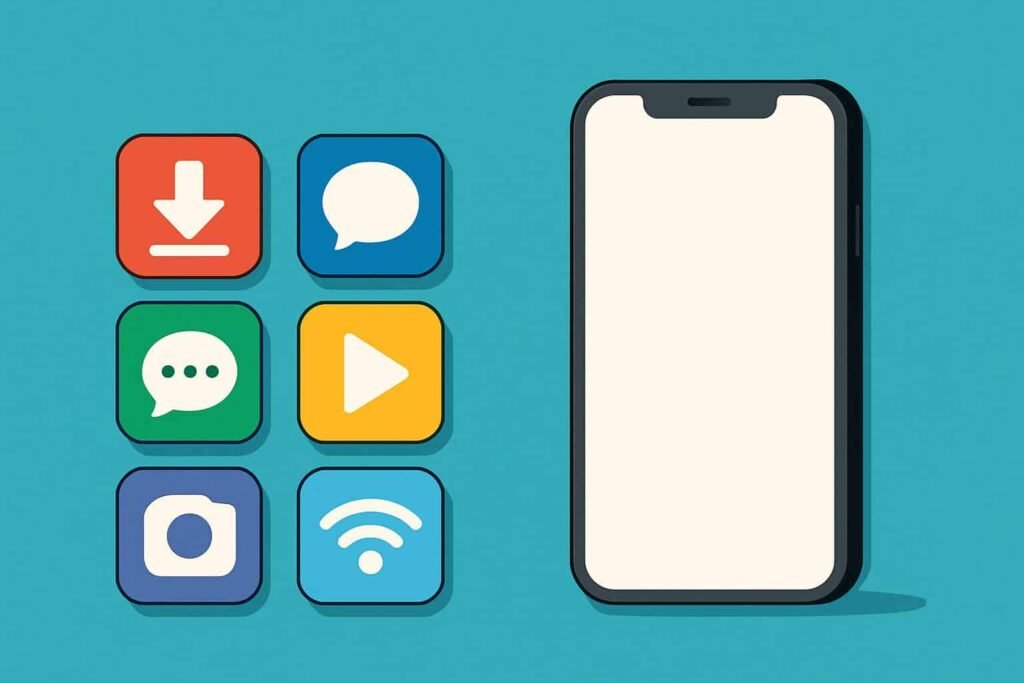Viasat has completed an in-country first-of-its-kind direct-to-device (D2D) demonstration in Mexico – featuring native SMS messages on the Android smartphone.
The demonstration showcased smartphones sending and receiving messages over Viasat’s I-4 F3 satellite using 3GPP Non-Terrestrial Network (NTN) standards. In a country-first, native SMS messages were shared across two mass market Android smartphones, with one connected via satellite and the other to a traditional cellular network. Viasat also demonstrated satellite connectivity – including SMS and push-to-talk (PTT) capabilities – using the HMD Offgrid, a companion device, and the Bullitt application.
All messages were sent and received using Viasat’s highly reliable, global, L-band satellite capabilities, enabled by 3GPP standards-based NTN RAN and CORE infrastructure from Skylo, a Viasat ecosystem partner.
D2D is an emerging technology which allows everyday devices like mobile phones to connect to satellites without the need for dedicated satellite hardware. The technology follows new global mobile 3GPP release 17 standards, which are being adopted by satellite operators, mobile network operators, handset and chipset manufacturers.
The demos showcase satellite to cell phone connectivity feasibility within the country. Viasat’s approach of using already licensed and dedicated satellite spectrum can enable it to work with mobile network operators to provide services in the future without sacrificing or interfering with terrestrial networks. Viasat has already completed successful D2D demonstrations in India, the Middle East, Brazil, and Hawaii.
Hector Rivero, General Manager, Viasat Mexico, said: “Expanding our D2D innovation to Mexico demonstrates the potential it holds for the entire region. This technology has the ability to bridge the connectivity gap in areas where traditional services are unreliable or non-existent, opening up possibilities for millions of individuals and devices to connect through satellite. We are confident that this will have significant advantages for consumers and various industries worldwide, and we are thrilled to collaborate with our partners to bring it to fruition. Through this, we remain dedicated to our mission of connecting the unconnected.”
Viasat also plays a key role in advancing open architecture standards-based D2D connectivity as a founding member of the Mobile Satellite Services Association (MSSA), a nonprofit organization that brings together a wide range of industry players to promote mobile satellite connectivity.
Last month, Viasat also announced it is working with Space42, the UAE-based AI-powered SpaceTech company, to form Equatys, a jointly held entity, to enable global D2D services and evolving existing and planned Mobile Satellite Services (MSS) to a 5G network environment.







